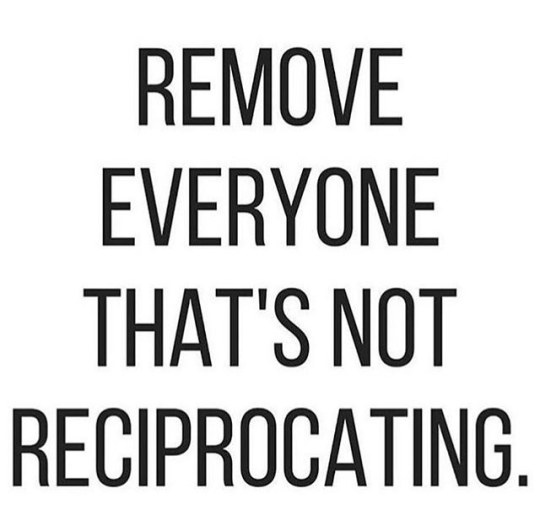#limitedfriends
Photo

No excuses, just action! #limitedfriends #list #people #newyork #businessoriented #business #entrepreneurlife (at Alta Restaurant)
3 notes
·
View notes
Photo

F.F.F(Food.Fun.Friends) #unlimitedfood #unlimitedfun #limitedfriends 😋😂😘✌🏻✌🏻✌🏻 (at Golden bakes& Restorent)
0 notes
Text
Acquaintances Come in Groups
Dunbar, "Dunbar's Number"
Misra et al., "The iPhone Effect"
Just as friendships usually come in pairs, acquaintances seem to come in large bunches of groups. In both "Dunbar's Number" and "The iPhone Effect" it is evident that our new found way of social interaction is being evidently redefined by social media platforms (Facebook, Twitter, Instagram, Snapchat, etc.).
Dunbar specifically elaborates on the ideal that social media accentuates a persons inner circle number by almost ten times. By first bringing to the surface the social intelligence hypothesis, which basically says there is a superficial correlation between friendship group sizes and the size of a primates neocortex (the outer surface layer of the brain that is responsible for conscious thinking) we are introduced to Dunbar's number. According to relevant research, studies done on different social groups including but not limited to hunters & gatherers, tribal groups and even 'clans' show numbers ranging from 100-150 people per group. In each larger group setting there are usually sub groups which Dunbar explains decrease (and/or increase) in intervals of five. The smaller the group the more intimate of a relationship you a prone to have. As the numbers increase outward and you arrive between the 50-150 people count the intimacy diminishes and arrives at the idea of an acquaintanceship NOT a friendship. Dunbar extensively correlated primates such as Haymadrya baboons in particular to humans due to their elaborate usage of their neocortex. He identified the implications of having such a different grasp on social interaction then other animals by directing attention to their conscious or perhaps unconscious decisions to attempt and undermine their hegemonic male dominant. Eventually it all alluded to the ideal that we all correlate smaller groups to more intimacy and control, and finally Dunbar gives a perfect scenario to sum up the difference between what an actual FRIEND is and what an acquaintance or someone you 'know' is.
"..if you saw them in the transit lounge during a 3 a.m. stopover at Hong Kong airport, you wouldn't feel embarrassed about going up to them and saying: 'Hi! How are you? Haven't seen you in ages?' In fact they would probably be a bit miffed if you didn't. You wouldn't need to introduce yourself because they would know where you stood in their social world, and you would know where they stood in yours. And, if push really came to shove, they would be more likely than not to agree to lend you a fiver if you asked." (page 28)
To tag along on the idea of acquaintanceships we can look at Misra's study to show the effects of social interaction through technology and its sever impact on face to face contact. Initially her study seeks to identify the relationship between the presence (and absence) of a smart phone device while being forced to interact with strangers, as opposed to an interaction with all technologic devices removed. Misra hypothesized that interaction between those still in contact with their mobile devices would be less interested in the face to face contact and thus she was right. In fact it was proved that those with their cell phones in hand or on the table showed lower levels of empathy to the other participants. The participants who had their mobile devices removed showed more charisma and acted more pleasant, outgoing and friendly towards the strangers. Statistics showed and implicated that despite racial, gender or age as a factor those in the presence as opposed to an absence of a mobile device showed less connectedness, empathetic concern, a worse mood and a distancing demeanor towards the other participants.
By looking at both readings with a general overview of social interaction being conflicted and altered due to our new technological innovations one can understand the importance of face to face interaction. Social media has taken over the lives of not only young people, but elders too. In this day and age rather than a voice phone call, people are prone to text or email. Newly enough, Facetime and Skype have taken over as a sort of face to face interaction; however it is still not equivalent to an actual interaction. By using the knowledge of Dunbar's number to understand that people simply CANNOT actually be friends with the 1,000 people they have listed on Facebook, you can then understand the idea that acquaintances (people you know, or have met once or twice) are not actually friends. You can then also identify with Misra's studies statistics that indefinitely prove upon the negative impact the mere presence of a cell phone has on social engagement between two or more individuals. Social media platforms serve a great purpose of connecting individuals from far and about, networking purposes, making connections you otherwise couldn't, etc. BUT it also elicits a huge deficit on the importance of social interactions and communication skills.
In order to prosper and excel in the world you must posses transferable communication skills. You must be able to hold a conversation, make eye contact and refrain from using an electronic device in place of your actual voice. In this day and age, evident through research study and statistics such as presented in both articles, it is more than clear our communication skills are being depleted each and every day. The idea that social media platforms were set to build communities and connect you with friends throughout the world is wonderful, however are they actually friends?
Nope. They're not.
According to Dunbar it is nearly impossible to be actually friends with more than 20 people and have intimate relations with them. Therefore the million followers you have on Instagram could never, statistically, socially or cognitively be your friends.
2 notes
·
View notes